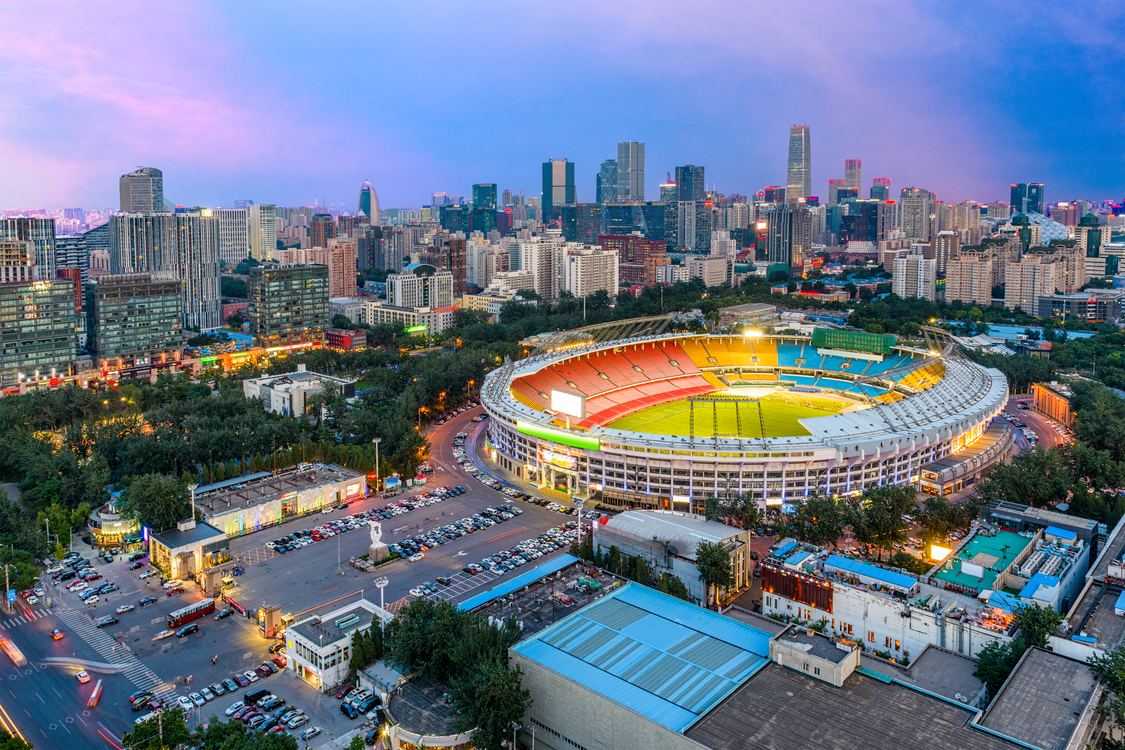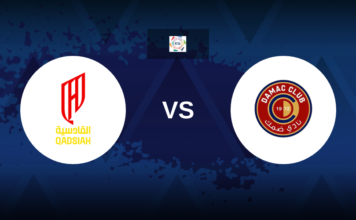When you hear that a football club spends €100 million on a player, it sounds simple: one player changes teams, one club pays another.
But in reality, the money doesn’t just move from Club A’s bank account to Club B’s. Instead, agents, lawyers, families, former clubs, and sometimes even people you’ve never heard of take a slice of the pie.
This is the real breakdown of how football transfers work.
The Transfer Fee: Not So Simple
When the media reports:
“€100 million transfer confirmed. Here we go.”
…it looks clean and straightforward. But it’s rarely paid all at once.
Clubs usually structure transfers like this:
- Upfront payment
- Installments spread over years
- Performance-based bonuses (goals, appearances, trophies)
Take Florian Wirtz, for example. His reported move involved €117 million guaranteed, plus nearly €20 million in add-ons. If all bonuses are triggered, the deal could hit €160 million — a jackpot for Bayer Leverkusen, but one paid over time.
The Agents and Intermediaries
Once a fee is agreed, the real negotiations begin. This is where agents step in:
- They negotiate salaries, bonuses, and image rights.
- They secure signing fees and transition support.
- They often charge a commission, usually a percentage of the player’s earnings.
Sometimes, agents also get paid directly by the buying club. In rare cases, they even represent both sides — a practice known as dual representation.
When Paul Pogba rejoined Manchester United in 2016, his late agent Mino Raiola reportedly pocketed over €40 million.
And it’s not just official agents. Freelance fixers, club intermediaries, and even personal advisors often get a cut too.
Past Clubs Cash In: Sell-On Clauses & Solidarity Payments
Transfers don’t just benefit the current seller. Former clubs can still get paid through:
- Sell-On Clauses
Smaller clubs often add clauses when selling young talent. Example: Birmingham City earned over €6 million when Jude Bellingham moved to Real Madrid. - Solidarity Payments
FIFA rules require 5% of international transfer fees to be shared among the clubs that trained the player between ages 12–23. Even small grassroots clubs can earn hundreds of thousands, helping fund facilities and academies.
The Player’s Slice
The player doesn’t directly pocket the transfer fee. Instead, they benefit through:
- A signing bonus (sometimes tens of millions)
- A new salary package
- Performance and loyalty bonuses
- Perks like housing, cars, or even unusual contract clauses (remember Ronaldinho’s “two nights to party” clause?).
Of course, taxes take a large share — up to 50% in some countries. Even stars like Cristiano Ronaldo and Lionel Messi have faced tax scandals in Spain.
The Hidden Costs
Beyond the headline fee, there are extra expenses:
- Legal fees
- Medical checks and insurance
- Image rights negotiations
- Logistics like housing and relocation
All of these add up, making transfers even more complex.
Transfers as Entertainment
Transfers have become a global spectacle. Posts announcing big moves often break the internet:
- Ronaldo back to Manchester United
- Messi to PSG and later Inter Miami
- Ronaldo to Al-Nassr
And no one understands this better than transfer insider Fabrizio Romano, whose updates reach over 100M followers.
Clubs, too, now launch transfers like Hollywood premieres, hiring agencies to design campaigns. What was once a press release is now a global marketing event.
The Business of Football
Transfers are no longer just about moving players. They represent a new form of sports entertainment. Fans follow rumors year-round, media companies profit from the hype, and clubs cash in on global attention.
In today’s game, the biggest star isn’t always the player on the pitch — it’s the money flowing around them.







